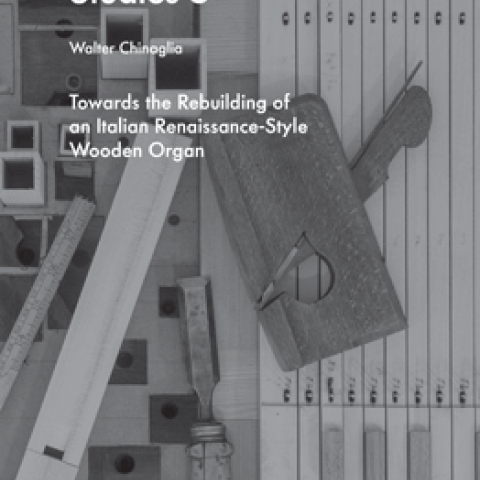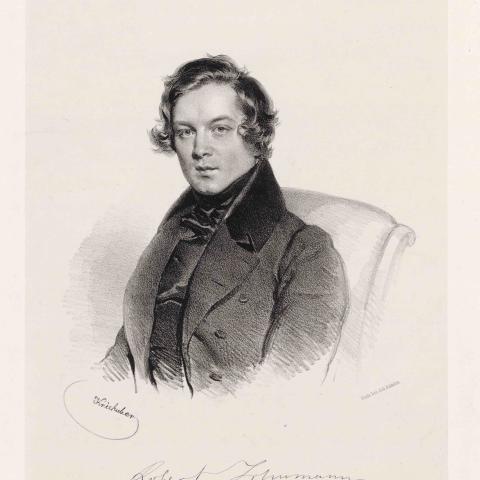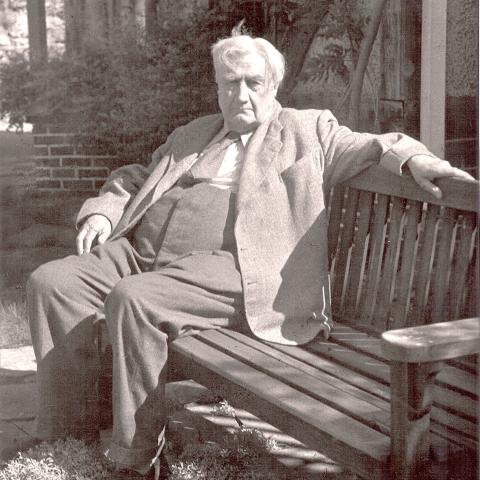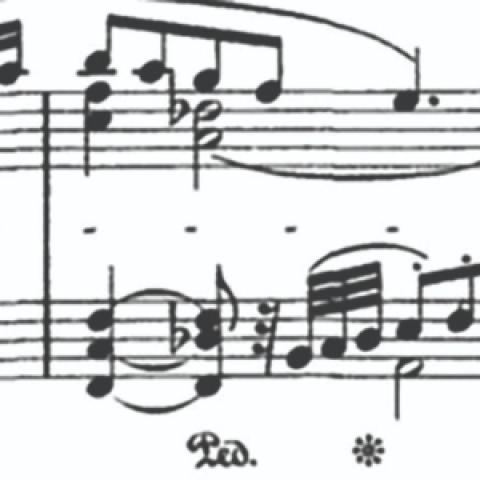
Oxford University Press announces publication of a new book, Bach’s Legacy: The Music as Heard by Later Masters, by Russell Stinson.
This study investigates how four composers of the nineteenth and twentieth centuries—Felix Mendelssohn, Robert Schumann, Richard Wagner, and Edward Elgar—engaged with Bach’s legacy, not only as composers per se, but also as performers, conductors, scholars, critics, and all-around musical ambassadors. Attention is paid to Mendelssohn’s and Schumann’s reception of Bach’s organ works, Schumann’s encounter with the St. Matthew Passion and the St. John Passion, Wagner’s musings on The Well-Tempered Clavier, and Elgar’s (resoundingly negative) thoughts on Bach as a vocal composer. Stinson’s earlier book, J. S. Bach at His Royal Instrument, published by Oxford in 2012, will be reissued in paperback.
Stinson is the Josephine Emily Brown Professor of Music and College Organist at Lyon College, Batesville, Arkansas, and organist-choirmaster at St. Paul’s Episcopal Church in Batesville.
For information: global.oup.com.
Other recent publications:






